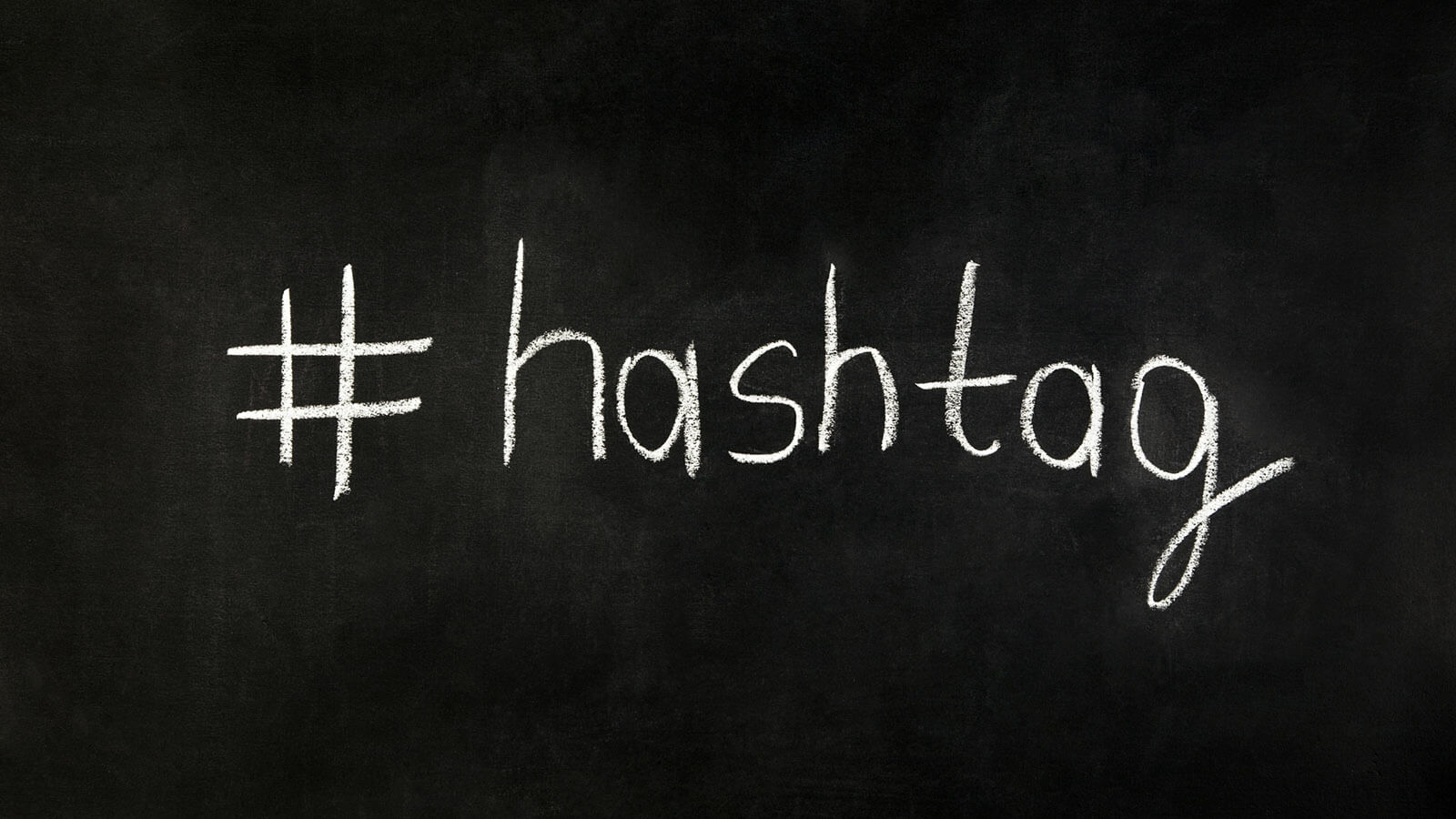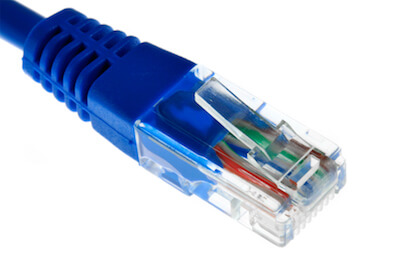How to Engage Your Audience with Video Streaming
One of the biggest challenges for any organization is keeping people interested.
All organizations need an audience. That’s true whether you are selling products or services. It’s also true if you’re in entertainment or news. Even non-profits and religious groups need an audience.
People are the point.
Without people—without an audience—you’re not going anywhere. And that brings us to video streaming.
Live video can captivate an audience
Video live streaming is an excellent way to engage your audience. Live video generates buzz that excites people. And because it’s live, there’s more incentive to clear your schedule and attend. Otherwise, you’ll be missing out!
That’s reflected in the statistics. In many settings, live video has been found to generate 10 times as many comments as on-demand video.
[Tweet “Live video generates 10 times as many comments as on-demand video.”]Consumers love online video.
Mobile video is estimated to grow by a whopping 62% per year from now to 2020. And video to computers and fixed devices is set for 27% growth per year in the same period. (Data from Cisco.)
A wide range of businesses is concluding that live streaming can help their bottom line. This includes the obvious, such as sports, training, music, and events.
But other industries are finding live video useful as well. This includes many that haven’t used video typically. For example, restaurants, religious groups, and photographers are now live streaming.
We don’t expect this trend to slow down. Mobile video has continued to rise in popularity. So have internet-to-TV devices like Roku. And the falling cost of live streaming is making it easy for broadcasters to get started. Live streaming will overtake traditional television. It’s just a question of when.
Case studies in audience engagement
Let’s look at a few real-life examples of businesses using live streaming.
Case study: how Dunkin’ Donuts got 41,000 viewers on their first live stream
 Dunkin’ Donuts has been using live streams for only a short time. But they’ve found it to be a powerful tool to raise brand awareness and engage their audience. Their first live video experiment in February 2016 was a major success. It generated nearly 40,000 views and more than 5,000 interactions on social media.
Dunkin’ Donuts has been using live streams for only a short time. But they’ve found it to be a powerful tool to raise brand awareness and engage their audience. Their first live video experiment in February 2016 was a major success. It generated nearly 40,000 views and more than 5,000 interactions on social media.
“We saw one of our highest average view times ever on our Live video compared to pre-recorded video,” said Melanie Cohn, the Social Media Manager for Dunkin’ Donuts. “It’s hard to get just three seconds of attention on video now, so we see Live as a huge driver of time spent with our content.”
[Tweet “It’s hard to get just three seconds of attention on video now, so we see Live as a huge driver of time spent with our content.”]Case study: How The Young Turks use one live stream to promote the next
The Young Turks, for example, live streams their daily news show via YouTube. They’ve recently expanded into using Facebook Live to cover rallies and other events.
Now, they’ve started using Facebook Live for promotion. About 30 minutes before their main show, they’ll go live on Facebook to promote the stream on YouTube. It’s proven effective in helping drive more traffic.
“You can feel the energy, and you can see the growth of the live stream,” says Steve Oh, Chief Business Officer of The Young Turks.
Case study: how Tastemade built a community around the art of food
Another business using live streaming successfully is the food and travel business Tastemade.
Tastemade has been using live video regularly to share videos of cooking.
 One of their most successful live videos has been a latte artist drawing in coffee. That video generated more than 1.6 million views!
One of their most successful live videos has been a latte artist drawing in coffee. That video generated more than 1.6 million views!
Oren Katzeff, the Head of Programming at Tastemade, says live video has been huge for user engagement.
“The Live experience allows you to have a direct connection with the audience,” he says. “They’re commenting. They’re asking questions. They’re suggesting things to be created. They’re guessing what it is, and you can have some real fun with that… I think they really enjoy being part of that live experience.”
(Kudos to Marketing Land for compiling these case studies)
Engage your audience in real-time
There are a number of tools that can help you engage your audience with live streaming. Let’s examine a few of these.
Live chat and commenting
Chats and comments are critical to engagement. They allow a two-way flow of information that’s essential for keeping people interested.
Most successful live streams allow viewers to comment or chat in real-time.
Live streaming platforms like Periscope, Facebook Live, and Twitch have built-in commenting and chat features.
If you’re using a dedicated live streaming platform, it’s easy to integrate chat functionality. Here are a number of options for embedding a live chat alongside your live stream.
Polls
Another great way to keep people interested is polls. Polls are great! They get people involve and teach them that their opinion matters. That makes people feel wanted, which makes them more likely to keep watching.
Polls are also great because they can help you gather important information.
For example, you could ask people:
- What are your favorite parts of the show?
- Which of these possible changes do you support?
- What is your least favorite part of this live stream?
- Who’s your favorite host/MC?
And so on. Can you see the value of this feature?
Popular options for embedding polls alongside your live stream include SurveyMonkey, EasyPolls, Wufoo, and PollSnack.
Or, to keep it simple, you could just ask people to respond in the chat. Then, go back and tally the responses later.
Social media conversations
If you’re not using live chat, comments, or polls, people are going to talk about your stream. Often, they will be talking on social media.
If you set up a hashtag before your stream, you can follow those conversations. Ideally, you should try to participate in them as well. When organizations participate in social media conversations, it makes them more relatable.
Participating in the conversation can also drive excitement at the moment. If you keep this conversation going while the event is still live, you can drive more viewers.
Nuts and bolts of live stream engagement
Ok, so we’ve described how to engage your viewers. And we’ve introduced the main methods. But what exactly should you say?
I recommend the following.
1. Welcome your viewers
Take a few moments at the beginning of the broadcast to welcome your viewers.
First, thank people for coming. Then, provide them with some context by explaining what the stream will be about.
Providing this basic information is common courtesy. It will also make viewers more likely to stick around.
This is also something you can do throughout your broadcast as more people join. Think of it like a radio broadcast. Every five minutes or so, the host does a station break. This lets them announce what’s happening and summarize the show up to that point.
You can do the same while live streaming. Usually, this can be done in just a few sentences. But even that is a great way to make people feel engaged. It rewards those who show up later by keeping them updated on what’s happened. That removes another barrier to understanding and engagement.
2. Introduce yourself
As part of your initial welcome message, you should introduce yourself. Explain who you are and what your position is. People want that personal connection. You can provide it with some info about yourself.
This is another approach you can revisit periodically during your broadcast.
3. Provide value
The bottom line to keeping people engaged is providing them with value.
This is by far the most important element.
But what does value look like?
- If you’re a sports broadcaster, that could mean providing excellent analysis.
- If you’re a musician, that means playing a good show.
- If you’re a religious group, that could mean having a great sermon or message.
- If you’re a business, that could mean providing insider information about products.
- If you’re running a training, that could mean making it fun, concise, and important.
- If you’re a celebrity, it could just be the trill of a glimpse into your life.
 In each case, you’re providing something that viewers find valuable. That value could be financial, informational, entertainment, skill-based, emotional, or something else. Often, value is about solving problems. Or, it could be about inspiration or food for thought.
In each case, you’re providing something that viewers find valuable. That value could be financial, informational, entertainment, skill-based, emotional, or something else. Often, value is about solving problems. Or, it could be about inspiration or food for thought.
But if you’re not providing something that your viewers want, they have no reason to watch.
Even if they tuned in originally, they’re not going to stick around if there’s nothing in it for them. They’re certainly not going to engage with the content very much.
Besides providing value, you need to convince viewers that the content is actually valuable.
What I mean by this is that people sometimes mistake valuable content as being worthless.
It’s your job to remind them of the value you’re providing.
For instance, if you’re giving away tips related to professional development that you included in a book, you should tell people about that. If you’re an award-winning musician, you should communicate this to the audience.
Of course, you don’t want to brag. But you do want to establish authority. Establishing your credentials makes it more likely people will see the value. And that makes them more likely to stick around and engage.
4. Participate in the conversation
Our final tip for increasing engagement during your live streams. This one is simple: take part in the conversation.
Generally, this means being active on chat, comment threads, and social media.
It’s hard (if not impossible) to do this yourself. I’d recommend you bring in a sidekick (if not two) to monitor these channels and feed your comments. You can respond to these on the live broadcast. You can answer questions, respond to commentary, and even highlight things that are wrong. This shows people you’re listening, and that you care what they have to say.
You should also have your team responding to comments and interactions on social channels. Commenting back shows you care, even for people who don’t see the broadcast.
According to social media experts at Hootsuite, responding to comments quickly is essential. On Twitter, most people expect to hear back from businesses within an hour. And that number is even shorter when a live event is taking place.
And extend conversations after your broadcast
 Engagement doesn’t end when a live broadcast shuts down.
Engagement doesn’t end when a live broadcast shuts down.
Almost every online video platform records live streams for later viewing. That means you can extend engagement for a long time. On-demand video content can be watched anytime, and for years to come.
For many content creators, shows live on for long after their initial broadcast. In fact, this can be some of your most valuable content. Here at Dacast, our analysis of viewer data showed that 90% of views happen after the live broadcast. Continuing to follow the conversation on social media is a great way to keep people engaged. Continue to spread the word, use hashtags, and respond to comments.
[Tweet “90% of views happen after the live broadcast.”]You can also follow up on conversations that began during the live broadcast. If people had technical issues, you should follow up with them to apologize. Consider refunds or coupons if they paid to access the stream. Other problems should be addressed as well. Remember: each complaint is an opportunity to turn a critic into a brand advocate. You can learn a lot from critique.
Consider reaching out to the most excited and engaged commenters after your stream. These people are already enthusiastic about what you do. It might be easy to turn them into allies on the road to achieving your organizational goals.
What does it take to get started with live streaming?
A good swing, follow-through, and unshakeable confidence.
Oh wait… we’re talking about live streaming here, not baseball? Back to business.
Getting started with live streaming is relatively simple. Especially compared to the old days. It used to be the case that live streaming was the exclusive domain of a few big-budget organizations. You need a whole technical staff to make it work.
Now, those barriers are gone! Individuals and community groups can do it. Anyone can afford professional-quality live streaming.
Here are three key elements to getting started.
Equipment
The key element here is a camera and an encoder.
Live streaming apps like Facebook Live provide both via your smartphone.
But if you’re looking for higher-quality streaming, you’ll want better equipment. Consider an HD camera that can export video via HDMI. Encoders come into two varieties: software and hardware. Hardware encoders are dedicated devices ideal for high-quality, multi-source professional live streaming.
Software encoders can be installed on a laptop or desktop and provide much the same functionality. We recommend OBS, Adobe’s Flash Media Live Encoder, or commercial packages like Wirecast.
Connectivity
 You’ll also need a good internet connection to live stream.
You’ll also need a good internet connection to live stream.
By “good” I mean a connection that is fast and reliable. Consider other traffic as well. Live streaming may work fine during a test when your venue is empty. But what about when there are hundreds of people in the audience, all using their phones?
For that reason, it’s good to find a dedicated internet line for live streaming. I’d recommend a wired Ethernet connection over Wi-Fi, as well. As far as speed, Dacast recommends an upload speed of at least 2-5 Mbps for HD video streaming. You can learn more about bandwidth requirements on our earlier blog.
Setting up a live streaming platform
The final element of getting started with live streaming is a platform or host.
When you use Facebook, Periscope, or Twitch, the app itself is the platform.
Most organizations prefer live streaming platforms with more functionality. That’s because these options provide more power when it comes to security, embedding, multi-source support, and so on. To learn more, click here.
Conclusion
That’s all there is to it! Getting started with live streaming is easy. And engaging your audience is pretty straightforward, too. It all comes down to good content and connecting with your viewers. Any questions? Let us know in the comments, and thanks for reading!
 Stream
Stream Connect
Connect Manage
Manage Measure
Measure Events
Events Business
Business Organizations
Organizations Entertainment and Media
Entertainment and Media API
API Tools
Tools Learning Center
Learning Center Support
Support Support Articles
Support Articles
